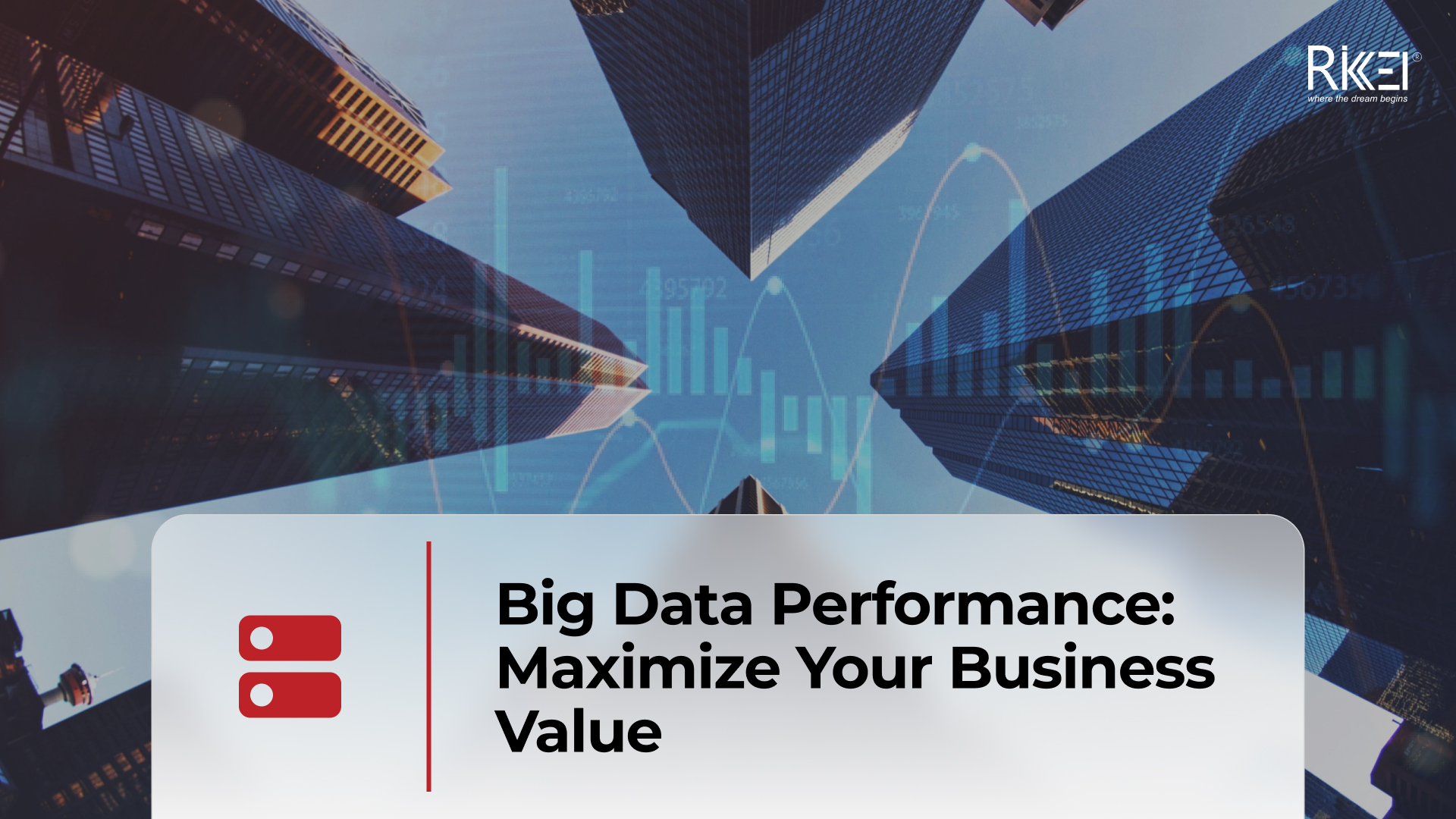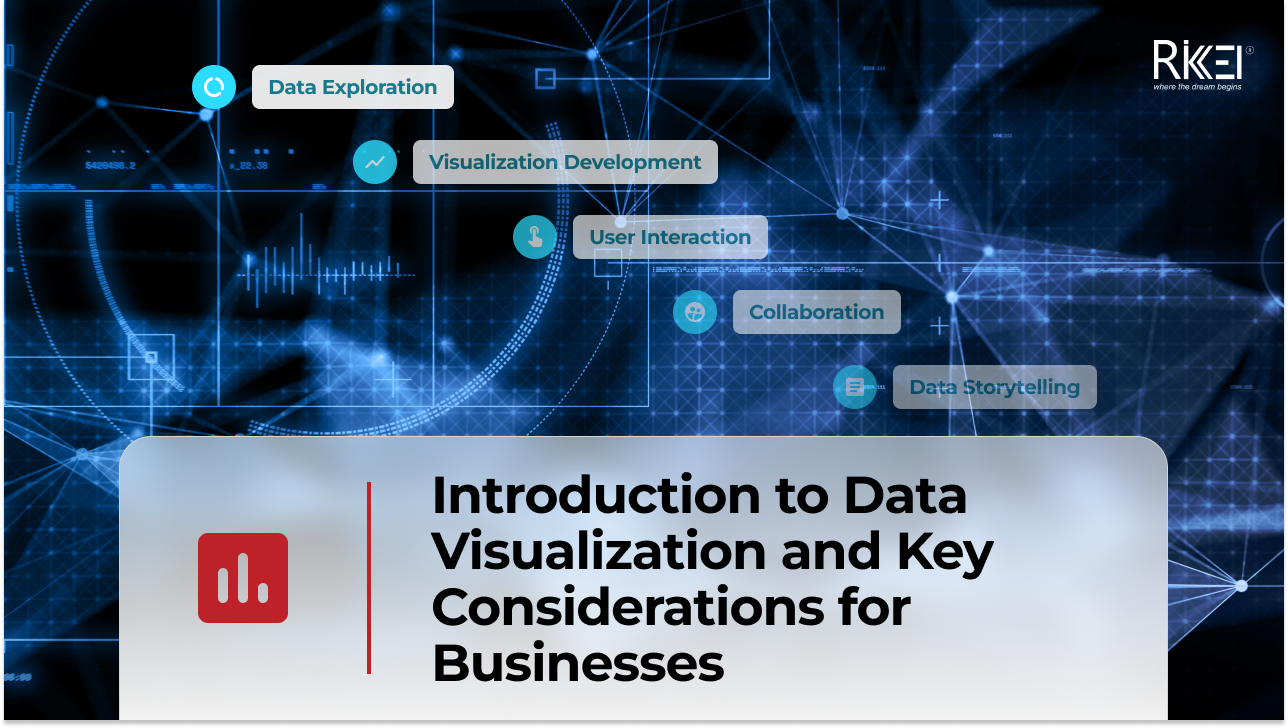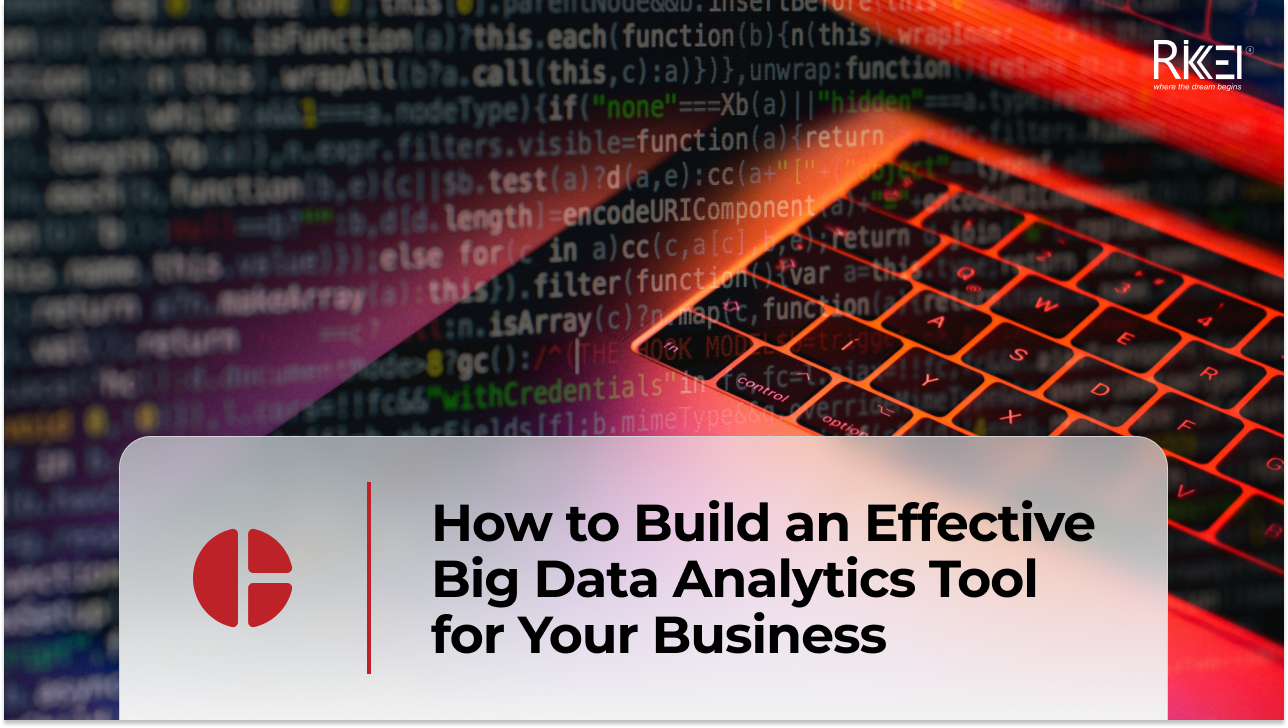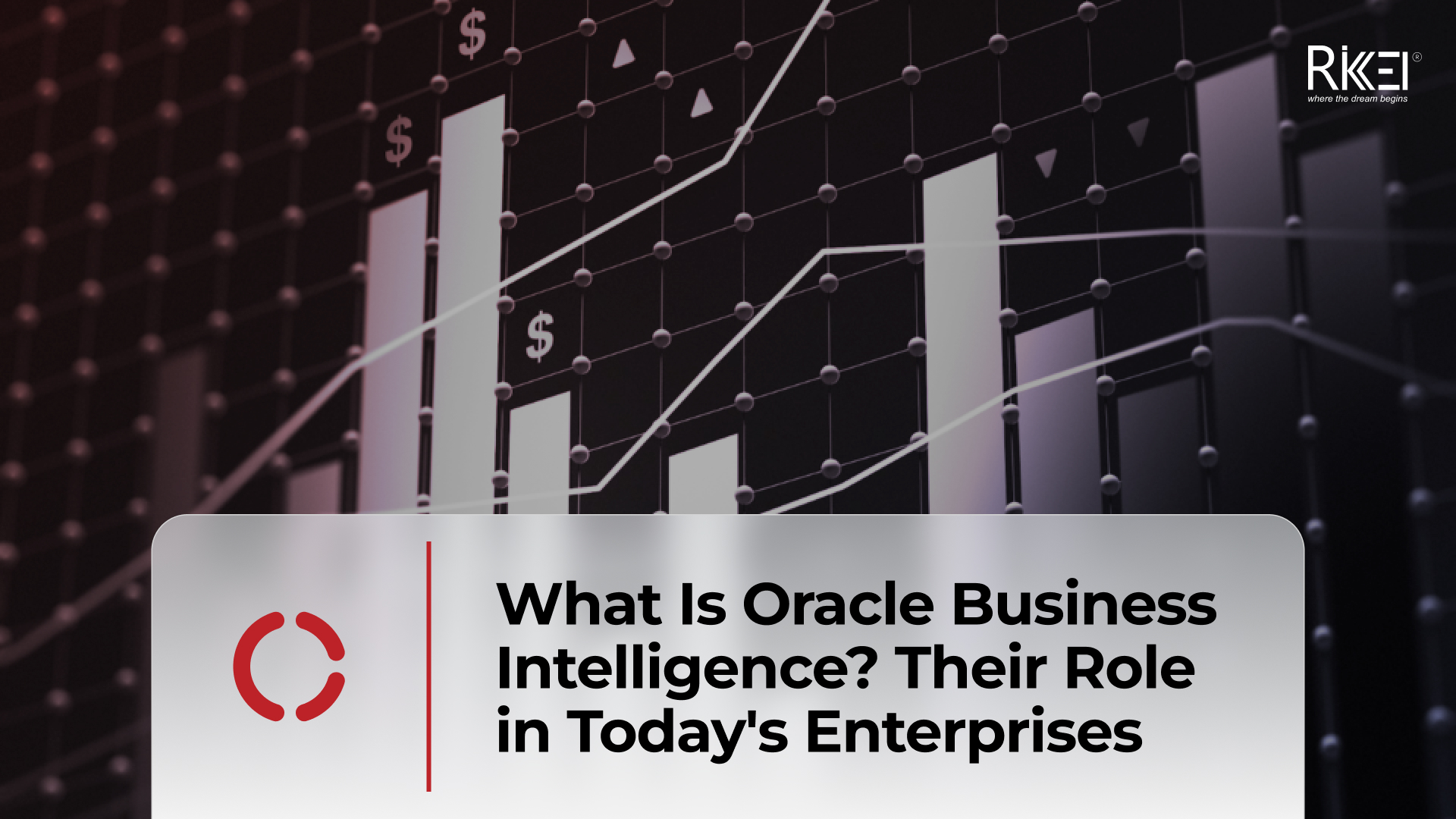Data Analytics Best Practices – Top 15 Tried-And-True Methods
Contents
Data analytics, the process of examining and interpreting data to make more strategically guided decisions, plays a pivotal role in fields as diverse as business, healthcare, finance, and scientific research. It’s crucial to follow data analytics best practices that enhance the quality of analysis and drive better outcomes.
What Is Data Analytics? How Important Is It?
Data analytics is processing data for meaningful insights, trends, and patterns. It involves gathering, cleaning, transforming, and interpreting data to facilitate informed decision-making. Data analytics encompasses a range of techniques and tools that enable individuals and organizations to make sense of vast datasets, optimizing performance and maximizing profit.
In today’s data-driven world, data analytics plays a pivotal role across various industries. Thus, using best practices for managing big data analytics programs can streamline business operations, research, and strategic planning. Its importance cannot be overstated, empowering organizations to gain a competitive edge by uncovering patterns, trends, and correlations within vast datasets.
For example, data analytics helps businesses enhance their understanding of customer behavior, optimize operations, improve product development, and identify potential opportunities or risks. It aids in predictive modeling, enabling proactive responses to changing market dynamics.
15 Data Analytics Best Practices
Let’s explore 15 best practices for big data analytics that can help you navigate the data landscape with confidence. They include focusing on specific objectives, selecting high-quality data, using pivot tables, and so forth. More details are discussed below.
1. Focusing On Specific Objectives
Having well-defined objectives provides a clear sense of purpose and direction for data analysis projects. Without a specific goal, data analytics can become aimless and result in the collection of irrelevant or excessive information, wasting time and resources.
This practice also enables organizations to measure the success of their data analytics initiatives. By setting clear, quantifiable targets, such as increasing sales conversion rates by 10% or reducing production costs by 20%, it becomes easier to assess the impact of data-driven strategies. These measurable outcomes help in evaluating the return on investment and the effectiveness of data analytics projects.
2. Selecting High-Quality Data
Businesses should focus on high-quality data – Image Source: Pixabay
The accuracy and reliability of data directly impact the quality of insights and decisions derived from analytics. Suppose a marketing team is analyzing customer behavior to optimize ad campaigns; inaccurate or incomplete data could lead to misguided strategies and budget wastage.
In addition, high-quality data ensures consistency and comparability. When data is clean and reliable, it can be more effectively integrated with existing datasets and analyzed over time, enabling organizations to identify trends, patterns, and changes. In financial analysis, having consistent and accurate historical data is crucial for making reliable forecasts and risk assessments.
3. Utilizing Pivot Tables
Pivot tables are powerful tools that enable the summarization and visualization of complex datasets, making it easier to draw insights and identify trends. In sales and revenue analysis, pivot tables can quickly transform a vast dataset into a concise summary, allowing analysts to discern which products or regions are driving profitability.
Another key benefit of pivot tables is their flexibility in data exploration. They provide the ability to rearrange and reorganize data on the fly, facilitating a dynamic and iterative approach to analysis. Plus, pivot tables offer the advantage of rapid data aggregation and computation. This expedites the process of deriving key metrics and KPIs.
4. Data Profiling
Data profiling serves as the foundation for understanding the quality, structure, and characteristics of the data. Thanks to this process, analysts can identify anomalies, inconsistencies, missing values, and duplicates within the dataset. In terms of financial analysis, data profiling can reveal erroneous or missing entries in a transaction database, which could lead to inaccurate economic reports if not rectified.
It also aids in data cleaning and preparation. By identifying data quality issues early in the process, analysts can take corrective actions, such as data cleaning or imputation, to ensure the data’s reliability and accuracy.
Additionally, data profiling supports data governance and compliance efforts, which are essential in industries like banking, where adherence to regulatory standards is imperative.
5. Dealing With Missing Values
Missing data is a common issue in datasets, and how it’s handled can significantly impact the accuracy and reliability of analytical results. Effective handling of missing values ensures that these gaps don’t compromise the integrity of the analysis.
One key reason for addressing missing values is the potential to mitigate bias and distortion in the data. If missing values are not properly managed, it can lead to skewed results, particularly in fields like healthcare, where patient records may have incomplete information.
6. Removing Duplicates
Duplicates can distort the analysis and lead to inaccurate conclusions. In the realm of customer data, duplicate entries for the same customer can end up with overestimations in customer counts, impacting marketing strategies and financial projections.
Another significant benefit of removing duplicates is data consistency. Duplicates can introduce inconsistencies in reporting and analysis, causing confusion and misinterpretation. For example, duplicate product listings can result in incorrect stock levels and procurement decisions.
7. Normalization And Standardization
Normalization and standardization are important practices in data analytics, particularly in scenarios where data features have varying scales or units of measurement. These techniques ensure that all data attributes are on a common scale, facilitating meaningful comparisons and analysis.
Also, they can improve the performance of machine learning algorithms. Models like support vector machines and k-means clustering are sensitive to the scale of data attributes. Normalizing or standardizing data helps these models converge faster and produce more accurate results.
8. Control Version And Documentation
Controlling version and documentation improve the reliability of insights – Image Source: Pixabay
Control version and documentation ensure transparency, traceability, and the ability to reproduce analytical processes. This method enhances the reliability of insights and decision-making.
Furthermore, this helps mitigate errors and provide a clear audit trail. In financial institutions, strict documentation practices and version control are essential for regulatory compliance. They enable institutions to track changes in economic models and methodologies, ensuring that any modifications are well-documented and approved.
9. Creating CoEs
Creating Centers of Excellence (CoEs) in data analytics is considered one of the best practices because it offers a structured and dedicated framework for driving excellence in data-related initiatives. These specialized teams or departments pool expertise, establish best practices, and facilitate knowledge sharing, fostering innovation and consistency.
Let’s take a look at the field of e-commerce. Establishing a CoE for data analytics can bring together data scientists, market analysts, and user experience designers to collaborate on improving customer personalization efforts.
10. Building Data Culture
Building a data culture fosters an organizational environment where data-driven decision-making becomes ingrained in the company’s DNA. A data culture encourages all employees to understand, value, and utilize data for informed choices.
This practice promotes transparency, knowledge sharing, and a collective responsibility for data quality, which is essential in ensuring that data is accurate, reliable, and readily available. In retail, for example, employees can use data to identify sales trends, optimize inventory management, and tailor marketing strategies to specific customer preferences.
11. Re-Engineering The Data Systems
Over time, businesses accumulate vast amounts of data, and outdated data systems may become inefficient or incapable of handling the growing volume and complexity of information. Take e-commerce, for example. A company experiencing rapid growth might need to re-engineer its data systems to accommodate increased website traffic, user data, and transaction volumes.
By re-engineering data systems, organizations can modernize their infrastructure, improving data collection, storage, and processing capabilities. This facilitates faster and more efficient data analytics, enabling timely insights and decision-making.
12. Iterating Regularly
Data environments, business goals, and external factors constantly evolve, necessitating ongoing refinement and adaptation.
Iterative processes in data analytics allow organizations to continuously test, learn, and optimize their approaches. This not only ensures that analyses and models remain accurate and relevant but also enables the discovery of new insights and opportunities.
13. Standardizing The Approach
Standardizing the approach in data analytics helps establish consistent methodologies, tools, and processes for data analysis. This consistency ensures that analyses are reliable, comparable, and repeatable, enabling organizations to make informed decisions based on trustworthy data-driven insights.
Standardization also promotes collaboration and knowledge sharing within an organization. Team members from different departments or locations can readily understand and work with data-driven insights when a standardized approach is in place.
14. Implementing Analytics Tools
Analytics tools allow businesses to work with a large database – Image Source: Pixabay
Analytics tools, whether they’re data visualization platforms, statistical software, or machine learning frameworks, provide the necessary capabilities to work with large and complex datasets. For example, in the financial sector, the implementation of advanced analytics tools can enable banks to detect and prevent fraudulent transactions in real-time, safeguarding both the institution and its customers.
These tools offer automation, scalability, and the ability to handle big data, reducing the manual effort required for data analysis and allowing for more extensive and sophisticated analyses. Moreover, they facilitate the exploration of data patterns, correlations, and trends, which is crucial for making data-informed decisions.
15. Testing The Data Assumption
Data assumptions pertain to factors such as data completeness, quality, and consistency, and examining them is essential to avoid misleading or flawed results. In a marketing campaign analysis, assuming that all customer data is complete and error-free without verification could lead to inaccurate targeting and suboptimal marketing strategies.
Testing data assumptions involves checking for missing values, outliers, and data inconsistencies. By doing so, analysts can detect and address issues that might impact the validity of the analysis.
Frequently Asked Questions
What Are The 4 Pillars Of Data Analytics?
The four pillars of data analytics are Data Collection, Data Processing, Data Analysis, and Data Visualization. Data Collection consists of gathering relevant data, Data Processing entails cleaning and preparing the data for analysis, Data Analysis involves deriving insights, and Data Visualization presents the findings in a clear and interpretable manner.
What Are The 4 A’s Of Data?
The 4 A’s of data are Accessibility, Accuracy, Applicability, and Actionability. Accessibility refers to data’s availability and ease of retrieval. Accuracy represents data quality and reliability. Applicability ensures that data aligns with the context and objectives. Actionability means data is actionable and can drive informed decisions and actions.
What Is The Data Analytics Framework?
The data analytics framework is a structured approach to analyzing data, comprising key stages: data collection, data processing, data analysis, and data visualization. It provides a systematic path for transforming raw data into actionable insights, enabling informed decision-making and problem-solving in various fields and industries.
The Bottom Line
Following these data analytics best practices is essential for organizations and individuals seeking to harness the power of data to make strategic decisions and uncover valuable insights. With the above methods, you can enhance the quality and reliability of your data analytics efforts, ultimately driving better outcomes and success in an increasingly data-centric world.
More From Blog

April 4, 2024
Big Data Performance: Maximize Your Business Value
In today’s data-driven world, organizations are constantly generating and collecting immense amounts of data to understand their customers more deeply. This data, often referred to as “big data,” holds immense potential for organizations to seek opportunities and overcome challenges. But accessing and analyzing big data isn’t enough to have proper strategies; organizations must pay attention to […]

April 4, 2024
How Real-Time Data Analysis Empowers Your Business
In today’s fast-paced business landscape, the ability to quickly make data-driven decisions has become a key differentiator for success. Real-time data analysis, the process of analyzing data as soon as it’s generated, has emerged as a powerful tool to empower business across industries. By leveraging real-time data analysis, organizations can gain timely and actionable insights, […]

April 4, 2024
Differences Between Data Science and Computer Science
Data Science and Computer Science are distinct fields overlapping in certain areas but have different focuses and objectives. The article below will help you clearly understand the differences and the close connection between the two fields. What is Data Science? Data Science is an interdisciplinary field that combines scientific methods, processes, algorithms, and systems to […]

March 28, 2024
Introduction to Data Visualization and Key Considerations for Businesses
In your opinion, what is data visualization? Your main goal is to communicate your recommendations engagingly and effectively, right? To achieve this, let’s immediately explore a method that can represent information with images. What is Data Visualization? Define data visualization and their roles in organizations First, you need to find the answer to the question: […]

March 21, 2024
How to Build an Effective Big Data Analytics Tool for Your Business
Building an analytics tool for a business brings several significant benefits, especially in today’s business environment where data is becoming larger and more complex. So how to build an effective analysis tool for businesses, follow the article below! Assessing Business Needs Assessing business needs involves understanding the requirements, goals, and challenges of a business or […]

March 14, 2024
What Is Oracle Business Intelligence? Their Role in Today’s Enterprises
Oracle Business Intelligence (BI) refers to a suite of tools, technologies, and applications designed to help organizations collect, analyze and present business data. The primary goal of Oracle BI is to provide actionable insights to support decision-making within an organization. Oracle BI encompasses a range of products that enable users to gather, process and visualize […]

